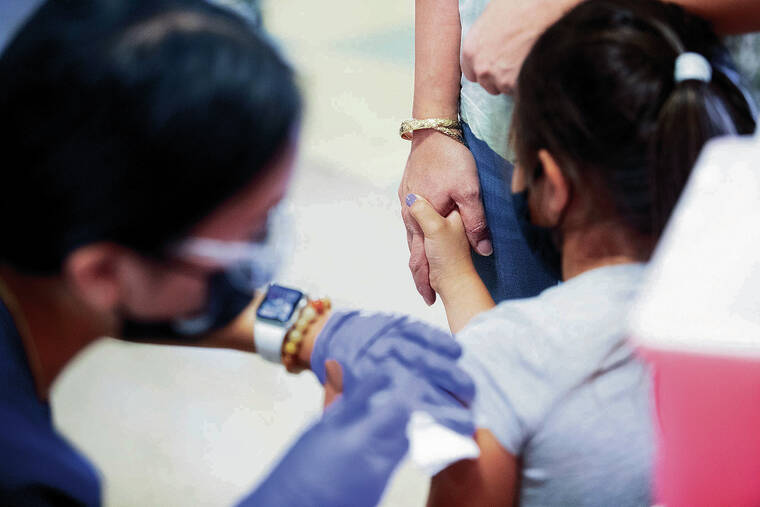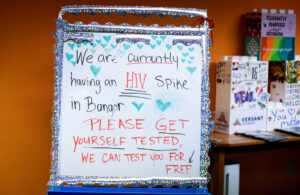
Vaccination rates among children in Hawaii are notably below national averages, raising concerns about public health and community safety. Recent data reveals that kindergarten vaccination rates for diseases such as measles, mumps, whooping cough, and chickenpox fail to meet the thresholds needed to achieve community “herd immunity.” The implications of this trend could be significant, especially in light of recent outbreaks of measles and whooping cough reported in the state.
Vaccination Rates Lag Behind National Averages
According to the Centers for Disease Control and Prevention (CDC), Hawaii’s childhood vaccination rates for essential immunizations have remained persistently low. For instance, the state’s coverage for the measles, mumps, and rubella (MMR) vaccine is approximately 86%, while the national average stands at 91%. Rates for other critical vaccines, such as those for whooping cough and chickenpox, also fall short of the levels required to ensure broad community protection.
These immunizations are widely regarded as safe and effective, yet misinformation about vaccines continues to circulate, complicating efforts to increase vaccination rates. Health officials note that this misinformation can lead to hesitancy among parents, putting not only their children at risk but also vulnerable populations, including infants and individuals with compromised immune systems.
Public Health Officials Urge Families to Vaccinate
With the rise in reported cases of vaccine-preventable diseases in Hawaii, public health officials are urging families to ensure that their children are up-to-date on vaccinations. “Protecting our keiki is a community responsibility,” said Dr. Elizabeth Char, Director of the Hawaii Department of Health. “We must prioritize vaccinations to safeguard our children and the broader community.”
Recent outbreaks serve as a stark reminder of the importance of maintaining high vaccination rates. The state has recorded several cases of measles and whooping cough this year, which health experts attribute in part to the declining rates of immunization. The rise in these preventable illnesses underscores the urgent need for a coordinated public health response.
Parents are encouraged to consult with healthcare providers about vaccination schedules and to take advantage of available resources to combat misinformation. Health authorities emphasize that vaccinations not only protect individual children but also contribute to the overall health of the community.
In conclusion, the lagging vaccination rates in Hawaii highlight a critical public health challenge. As awareness grows around the importance of immunizations, it is crucial for families to take proactive steps to ensure their children receive the necessary vaccines. By doing so, they can help protect their children and strengthen community immunity against infectious diseases.





